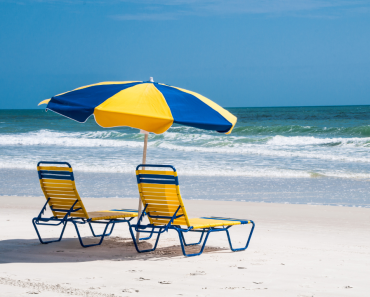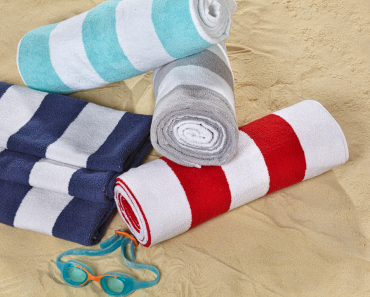According to research published last week in JAMA Dermatology, sunscreen provides better sunburn protection than beach umbrellas.
Volunteers with no sunburn were divided into two groups in a recent study. Forty people were assigned to one of two groups and asked to put on sunscreen with an SPF of 15 every morning before going to a Texas beach on an overcast August day from 10 a.m. to 2 p.m. They were also instructed to apply it every few hours and avoid the water. The researchers also had 41 people under a standard canvas beach umbrella for that time period who were asked to skip the sunscreen. Their positions were tracked by the scientists so that they would never be in direct sunlight as the sun moved.
The next day, doctors who were unaware of the group assignments assessed everyone for sunburn. In the umbrella group, 32 of the 41 individuals (face, upper chest, right arm, and the like) were sunburned in a total of 142 locations (face, upper chest, right arm, and so on) as opposed to 10 of the 40 sunscreens in 17 areas. For the sunscreen group, this translates to a threefold reduction in the chance of sunburn.
A big red flag is a fact that the study’s lead scientist was a Johnson & Johnson employee, who used Neutrogena sunscreen in his work. Other authors whom J&J had consulted also have financial ties to the company, which is a cause for concern: Last week, research showed that when scientists have economic connections to a firm, they are more inclined to obtain findings that paint its products in a favorable light than researchers with no such conflict of interest.
However, the results align with previous research – most significantly, that ultraviolet radiation, especially shorter-wave UVB that causes sunburn, is reflected by surfaces like concrete and dry sand. Both processes cause UVB to come from below and sideways rather than only from above. Only adequate shade prevents all of your skin from being exposed to the sun; therefore beach umbrellas are ineffective. “There’s just so much variety in terms of shades,” said senior author Dr. Darrell Rigel at New York University, who is also a J&J consultant.
UV light has been previously investigated under beach umbrellas, with results ranging from SPFs of 3 to 10. This indicates that as much as a third of UV rays may get through – though other researchers have found that up to 84% do. After just 35 minutes, you can acquire a severe sunburn while sitting beneath an umbrella in the grass during the middle of the day (sunny or overcast).
While shade isn’t flawless, the sunscreen advantage revealed in the study may not completely translate to real life. First of all, the sunscreen group applied an average of 16 grams of sunscreen to begin with, as well as another 30 grams throughout the afternoon. That’s more than half of a bottle; many individuals only use a fraction of it.
While both groups were permitted to leave the beach for up to 30 minutes during the four-hour period, they did so at significantly different paces: 28 of the umbrella group left, after covering up, for an average of seven minutes, while 30 sunscreens did so for an average of 11 minutes. The researchers do not state where people went, but if they sought refuge in deep shade, the sunscreens had 57 percent more time out of the sun than the umbrella group, suggesting at least some of their apparent improved protection. This isn’t a significant difference, but it may explain part of the variance.
The Conclusion
Shade — under a tree, umbrella, or awning — does not give comprehensive protection from the sun, but this research is probably overstated in the real world.


